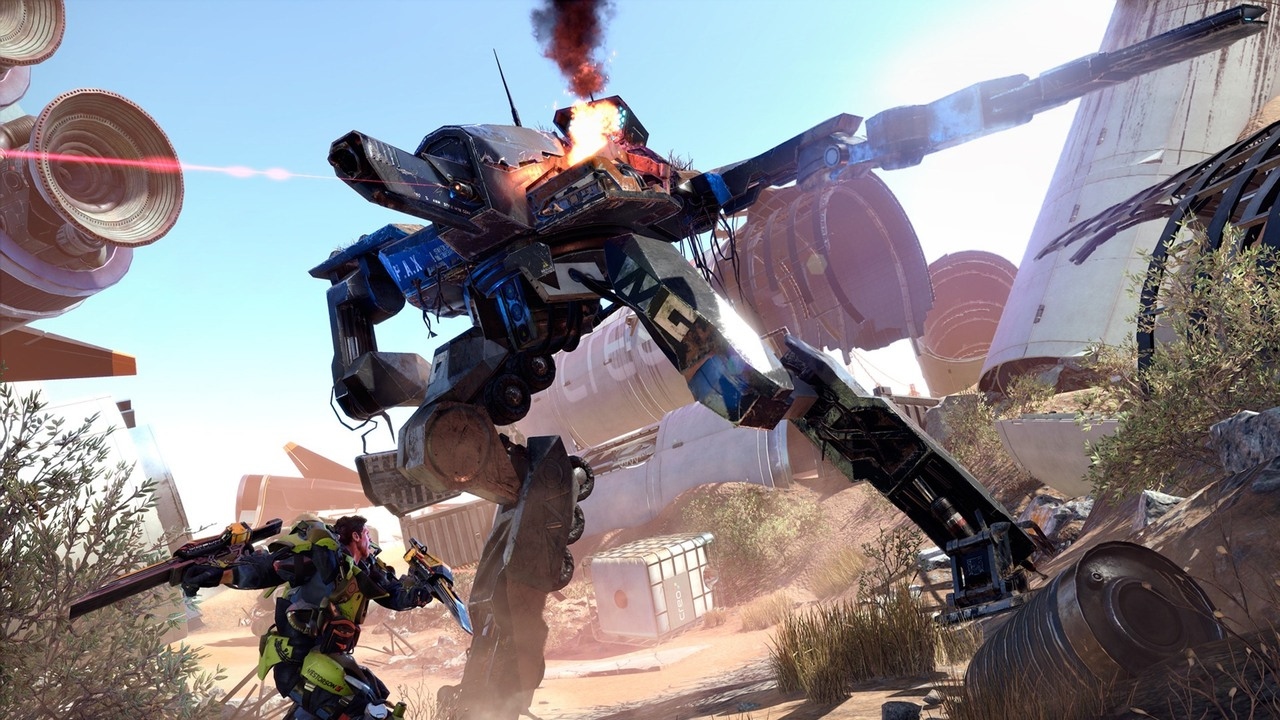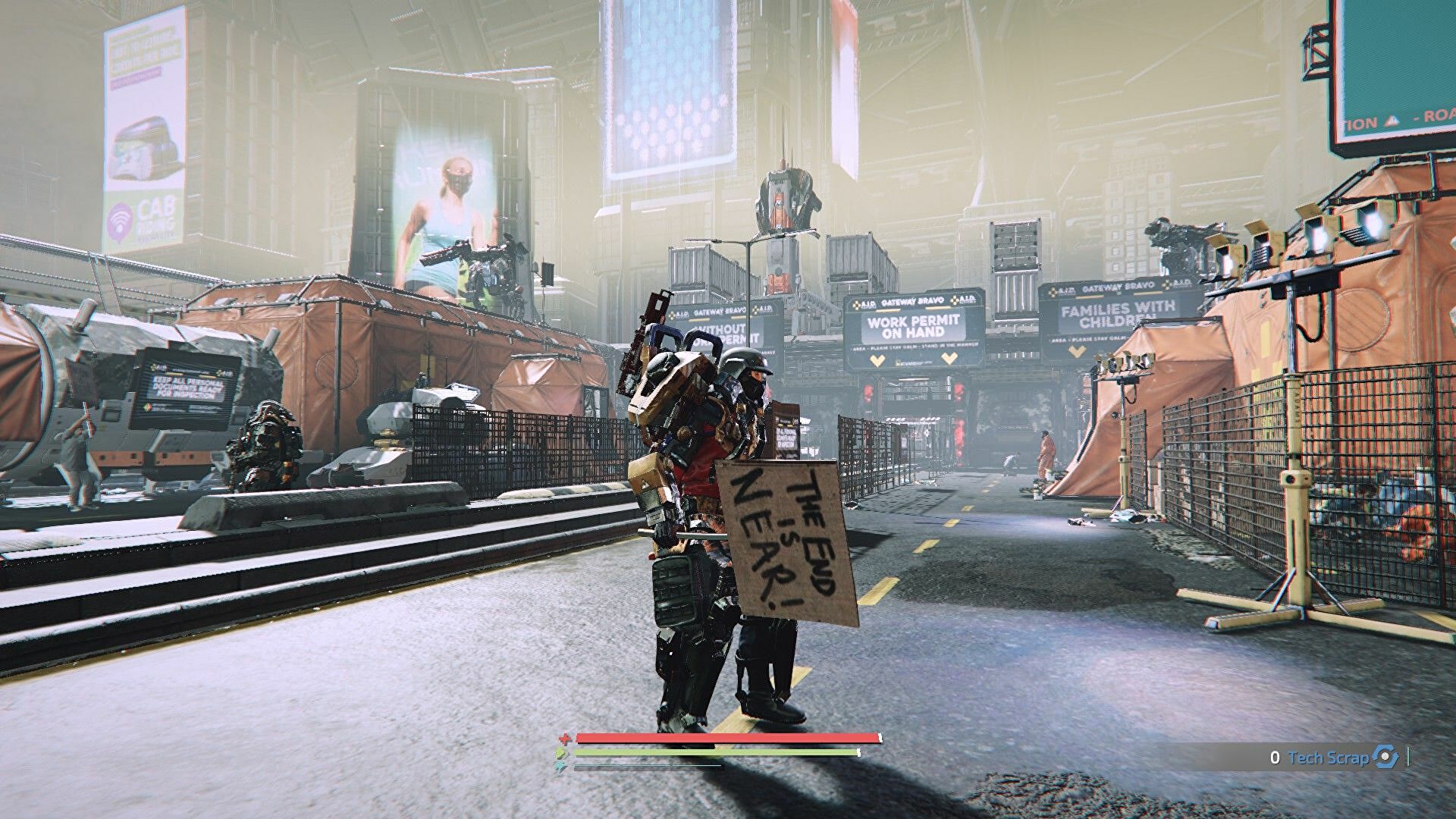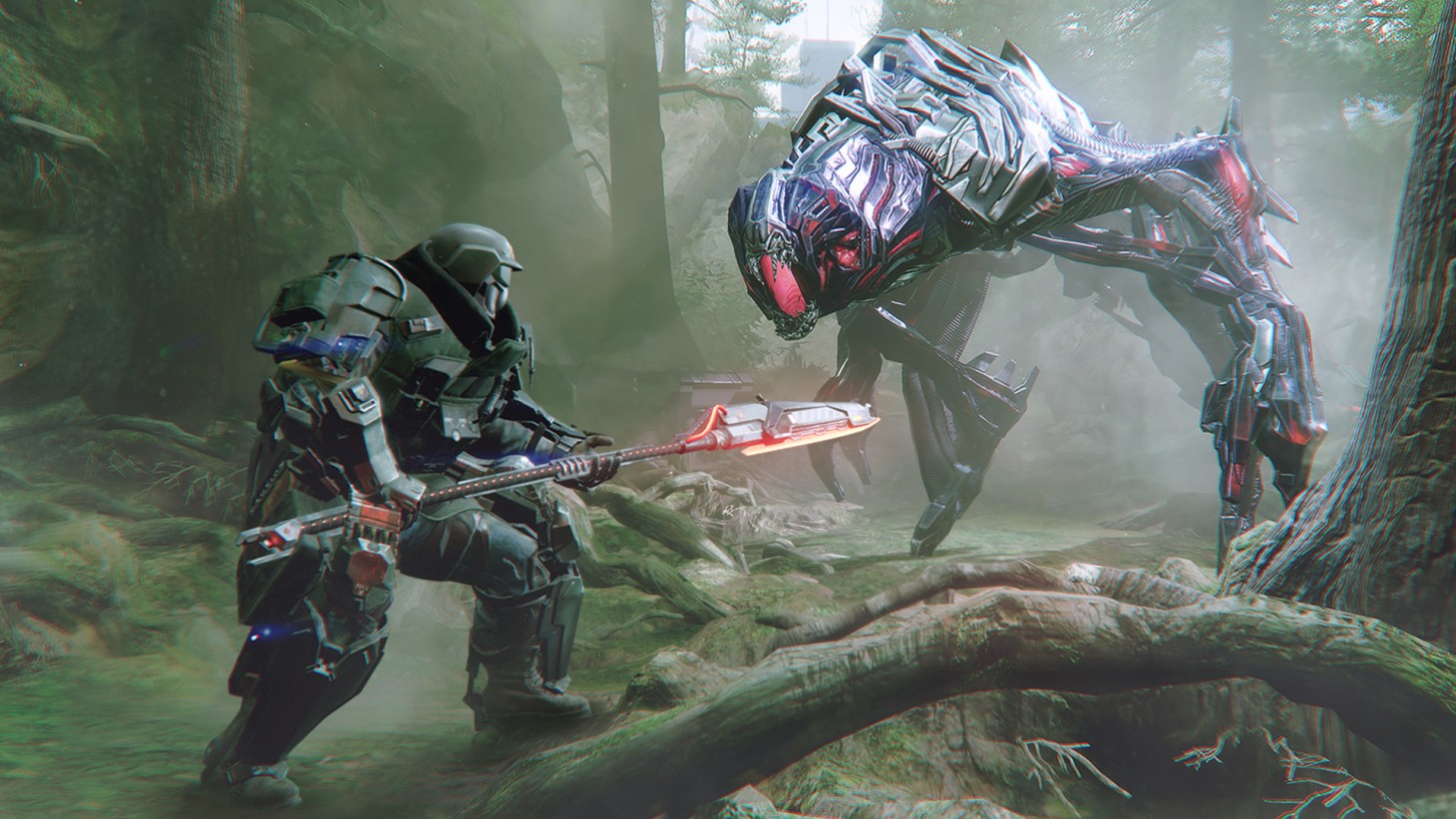A significant year for gamers and gaming in general was 2017. Speaking of notable releases, “Super Mario Odyssey,” “The Legend of Zelda: Breath of the Wild,” “Resident Evil 7: Biohazard,” and “Horizon Zero Dawn” all garnered numerous accolades and completely enthralled us gamers.
“PlayersUnknown’s Battlegrounds,” one of the year’s most significant video games, must be mentioned. The PC version of the game was published in March 2017, and by the end of the year, it had sold 30 million copies, shattering records for concurrent player counts and popularising the battle royale subgenre.
However, “Honor of Kings,” also known as “Arena of Valor” in other nations, was the year’s highest-grossing game. Another significant development in 2017 was the release of the Nintendo Switch console, which, by year’s end, had sold more than 14 million copies, exceeding the lifetime sales of the Wii U and reviving Nintendo as a leading gaming company.
Additionally, Microsoft introduced the XBOX ONE X, which supports virtual reality and 4K resolutions. In the midst of all of this, Deck 13 Interactive, the company behind the Ankh Series (a remake of “Ankh: The Tales of Mystery by Artex Software” from 1997), The Blood Knights, and Lords of the Fallen, launched The Surge, their most ambitious game to date.
The Surge

When we talk about the Hack n Slash genre we think about games like “Diablo” or “God of War” or the “Dark Souls” Series right? Let me explain in short what a hack n slash is for all the noobs watching this video. Typically, it refers to a type of gameplay that emphasizes melee-based weapons (such as swords or blades). As secondary weapons, they might have a few projectile-based weapons (such as guns). Melee combat is the main feature of this type of game, which is also a sub-genre of beat ’em up games. So they can be again broadly divided into either Action-Adventure Games or Role-Playing Games.
Now, Surge has a little bit of both. It definitely has the elements of a typical action-adventure game like “Assassin’s Creed” but mostly in one look, you would describe this game as an RPG. According to Deck13 Interactive, the game was inspired by “Rise of the Robots” and the “Souls “series.
Talking about its plot, the game is set in a dystopian future where human beings have exhausted all the resources of the planet, which has given birth to many new environmental diseases and a weary social service. The game paints a grim picture of the future where technology, society, and the environment have led to a decadent era for mankind. With drones and robots increasingly replacing humans, humans are forced to rely on powered rigs and augmentations to keep up with their far better-performing counterparts.
It is the player’s task to lead Warren, a new employee on his first day on the job, as he boards a bullet train bound for the headquarters of CREO, one of the largest tech conglomerates now securing the future, renowned for its groundbreaking innovations in a variety of fields, from household items to advanced exoskeletons. Warren (who uses a wheelchair) is prepared to undergo surgical implantation of an advanced CREO exoskeleton, but things go horribly wrong when the automated system fails to sedate him, forcing him to endure painful grafts until he passes out during neurosurgery.
Upon waking up, Warren discovers the facility in ruins, with drones attacking employees and fellow workers who have fallen victim to a deranged bloodlust. Warren, accompanied by an executive only known as Sally, is forced to conduct a thorough investigation of the entire campus, including the Executive Forum.
After gathering audio logs and meeting different NPCs, the player learns that Project reSOLVE is indeed functioning, but at a pace that is far too slow to guarantee mankind’s survival, along with unknown toxicity. The story is predictable, taken from different sci-fi content that we are familiar with. However, the story becomes more interesting in the second half and there is some great environmental storytelling throughout. Let’s jump into the gameplay before we give out any spoilers!
In this game, you’ll collect XP and scrap as you fight various robots, zombie coworkers, and bosses along the way to level up your character, but if you die, all the resources that you have collected will be gone. The gameplay is based on the challenging role-playing style found in the “Souls” series. Combat involves the use of an exoskeleton, which can be customized throughout the game using modular upgrades.
Players can target different sections of enemies’ bodies, as well as use finishing moves that often result in mutilation in bullet time. The game is powered by the FLEDGE engine similar to “Rise of the Fallen” which is considered as a spiritual predecessor, with which it shares many gameplay features.
The Surge 2

We know sequels are a tricky business, be it in movies or games. Maybe because of the immense pressure the developers face as they know the game is going to be compared to its predecessor which was of course a hit hence a sequel is made in the first place. To satisfy Gamers and the fans of the prequel is a tough task, not a lot of games are successful in doing so which leads to the death of a franchise as well.
The Surge 2 came out in 2019, it was developed by the same developers “DECK 13 Interactive”, and just like its prequel, it is a Hack n Slash third-person Action RPG!
The setting is similar to the first part, you know the dystopian future, exhausted resources, drones, robots, zombie robots and yada yada! The Surge 2’s major plot takes place in Jericho City, a sophisticated metropolis ringed by a massive wall designed to halt the nanites’ progress.
The player follows an anonymous male or female character known only as the “Warrior,” who is on the lookout for Athena Guttenberg, CREO founder Jonah Guttenberg’s granddaughter. The Warrior’s adventure pits them against the A.I.D. disaster relief squad, which is evacuating the city, as well as the Children of the Spark, a fanatical cult that worships the Spark, an unstable but powerful source of energy.
The cult, led by Matriarch Celeste, thinks that the nanites’ arrival is foreseen by their prophecy of people joining with technology to transcend mortality. Celeste’s two sons, Eli, prophet, and heir to the Spark, and Johnny, his drug-addicted, slovenly brother who manipulates his underlings with a physical-enhancing substance, separate the Children into two groups. Warren, the protagonist from the first game, is now a masked guy on the lookout for the truth behind A.I.D.’s acts.
The Game starts inside an airplane where the player befriends a young woman, Athena Guttenberg. When the UTOPIA rocket collides with the airliner, it releases its nanite payload, forcing the plane to crash on the outskirts of Jericho City. The comatose player character, who appears to be the only survivor, is taken to a prison medical facility. The player character is roused two months later by visions of Athena beckoning to them as her “Warrior”.
Then the prison gets attacked by The Delver, a gigantic nanite beast, freeing the inmates and enables the Warrior to escape after putting on a formidable exoskeleton to boost their skills. When the Warrior emerges into Jericho City, he discovers that the city has been plagued by nanites, which are progressively seizing the city and sickening the residents. What follows is an epic 21 and a half game hours (38 if you want to complete all the side quests) of action-packed adventure.
Talking about its gameplay, it is similar to the first part, where to destroy opponents, players can use a range of melee weapons that can target and remove individual limbs. Players can also parry and dodge strikes, which requires them to angulate their equipped weapon effectively. Drones for combat and consumables like bio-sensors can also be used.
Players can gather and equip weapons, armor improvements, and technology left by their opponents when they kill or dismember them. Jericho city provides alternate paths for gamers to explore at their leisure which gives the sense of a proper open-world setting. Players will interact with a variety of NPCs and make decisions that will have an impact on the game’s setting and story, which is the only significant difference from the first game.
One of the Deck13 Interactive team’s objectives was to make sure the game provided players with a lot of freedom and options. As a result, unlike the prequel, The Surge 2 lets players customize their own characters according to their preferences.
The addition of five weapon types also enables a wider range of combat styles. The AI in the game was also overhauled, with AI-controlled adversaries being able to collaborate with one another during combat. The Surge 2 takes set in a larger, more vertical metropolis than the first game, which takes place in a factory. Deck13 was able to include more varied landscapes and introduce more alternate paths and characters for players to meet by shifting the setting.
Review

Both the games have received similarly general positive reviews from most of the reviewers. If we take a look at them individually, the first part makes superb use of its complex sci-fi scenario and gives a fascinating experience throughout the 30 to the 40-hour campaign, thanks to its highly customizable inventory and wickedly enjoyable combat system, among other things.
It may struggle to keep the action flowing and convey a compelling story in the midst of battle turmoil, and its weapon evolution plateaued early on, but it provides some intriguing ideas and delivers a great fresh take on a familiar genre. The long duration of gameplay won’t feel tedious at all, in fact, it will make the player feel powerful as exploring all the little areas comes with great rewards. This is a genre with a long history of surprising players, sometimes with the appearance of a boss or the design of the world it inhabits.
The second part looks to improve on the shortcomings of its prequel by improving the battle style and the way of storytelling so that players can focus on the story and the action separately, plus it gives a better example of how an Open-World game should be along with the excitement of multiple plot points based in the scenario that the players chose.
However, We won’t say the second part was better than the first as the same improvements detract from the original’s allure and cause the story to stumble over its toes. Mechanically, The Surge 2 succeeds – combat remains a fun mix of strategy and tense, palm-sweating action, and scraping together enough XP to craft a new armor set that unlocks a unique buff or finding a new cybernetic implant that perfectly complements your loadout remains a satisfying grind. It’s a clever mix of Souls-style strategy and arcadey hack & slash action, and the changes made by developer Deck13 are nearly unanimously positive, thanks to a few particularly notable changes.
That’s it for today guys, we will be back again soon talking about another favourite game of yours. If you liked this video then please press the like button, share it with your friends and dont forget to subscribe! See you soon!
